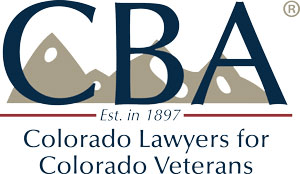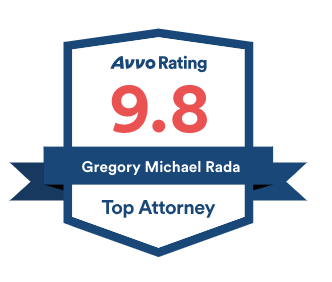How Individual Disability Claims Can Support Access To Special Education Resources
Posted by Gregory M. Rada | October 03, 2024 | Guest Blog
Special education classrooms are designed to meet the unique needs of students with disabilities as a Title lX lawyer can share. These classrooms provide tailored support, ensuring that each student has the opportunity to succeed in their learning.
In this blog, our friends at K Altman Law will discuss the different types of special education classrooms. You’ll also learn how they work and why they’re essential for learners with disabilities.
Types Of Special Education Classrooms
There are many different types of special education classrooms. Here are the most common and what makes them different.
1. Inclusion Classrooms
In an inclusion classroom, students with disabilities learn with their peers who do not have disabilities. Generally, they spend their day along with their peers inside the same room. The main teacher works cooperatively with a special education teacher toward the goal of providing support to everyone.
Pros
- Students with disabilities can share the same learning environment with their peers.
- It socializes them, thus allowing them to interact with their peers.
- Supplementary instruction is available from a special education teacher if needed.
Cons
Struggling Students
- Some students may need one-on-one support even after the resource room.
- All the needs of the students can be difficult to attend to simultaneously.
2. Resource Rooms
Resource rooms are for students who require further assistance on specific subjects. The students spend half of the school day in regular classrooms and then attend a special room to do remedial work. In the resource room, they are treated in small groups or one-on-one by a special education teacher.
Pros
Students get additional help in the subjects where they struggle. They still experience some time with their peers in regular classrooms.
Cons
- Some students might be easily distracted by the need to change classrooms.
- Some students will likely feel different because they are getting extra help.
3. Self-Contained Classrooms
Self-contained classrooms are designed for students who need a lot of support. These students are usually in a smaller classroom with a special education teacher most or all day. The lessons usually accommodate the needs of the student.
Pros
- More attention and support from their teacher.
- Modify lessons to suit the learning pace of individual learners.
Cons
- Students spend fewer hours with peers without any form of disability.
- Limited socialization with the rest of the school population.
4. Special Schools
Some students with more important disabilities are attending special schools. These schools are dedicated to assisting students with disabilities. Teachers and personnel have received special training; also, the classroom is smaller. Special schools often combine academic work with life skills.
Pros
- All students receive the specialized care that they require.
- The school system is totally designed to accommodate them fully.
Cons
- Students may be isolated from students at mainstream schools.
- It may prove difficult for a student to adjust into a mainstream school later in life.
How Do You Choose The Right Classroom?
The choice of classroom depends on the needs of the student. It is actually determined by a team of people, which include the parents, teachers, and specialists. Together, they work to formulate something called an Individualized Education Program, or IEP.
This is a program that outlines specifically what it is the student needs and how the school will assist him or her. The IEP team will have it reviewed annually so they can make sure that this student gets all the support possible.
Who Works In Special Education Classrooms?
It takes a team to help students in special education classrooms. The people who work in these classrooms are:
Special education teachers: These teachers are specially trained to help students with disabilities.
General education teachers: They work with the special education teachers in inclusion settings.
Paraprofessionals: These aides help students with tasks throughout the day.
Therapists: This could include speech, occupational, or physical therapists who help students in areas like communication or movement.
Issues Of Special Education Classrooms
Although the above mentioned have their benefits there are still some of the challenges that exist in special education classrooms:
1. Very few resources available
For example, a certain school may not have all the money to hire more staff and buy costly equipment. This can make it a problem for the teachers to meet the needs of every one of their students.
2. Changing rooms all the time
Some children transition classrooms. Transfer to a new classroom or school may be challenging for the child and his/her parents as well.
3. Need Balancing
A teacher in an inclusion classroom faces difficulties in balancing the need to attend to multiple needs of students. Students have varying extents of needs, and one teacher may not be able to attend to each of the needs as every child merits attention.
These are just a few accommodations available for students. If your student is not receiving what they need to get the most out of their education, contact an attorney near you for help.








